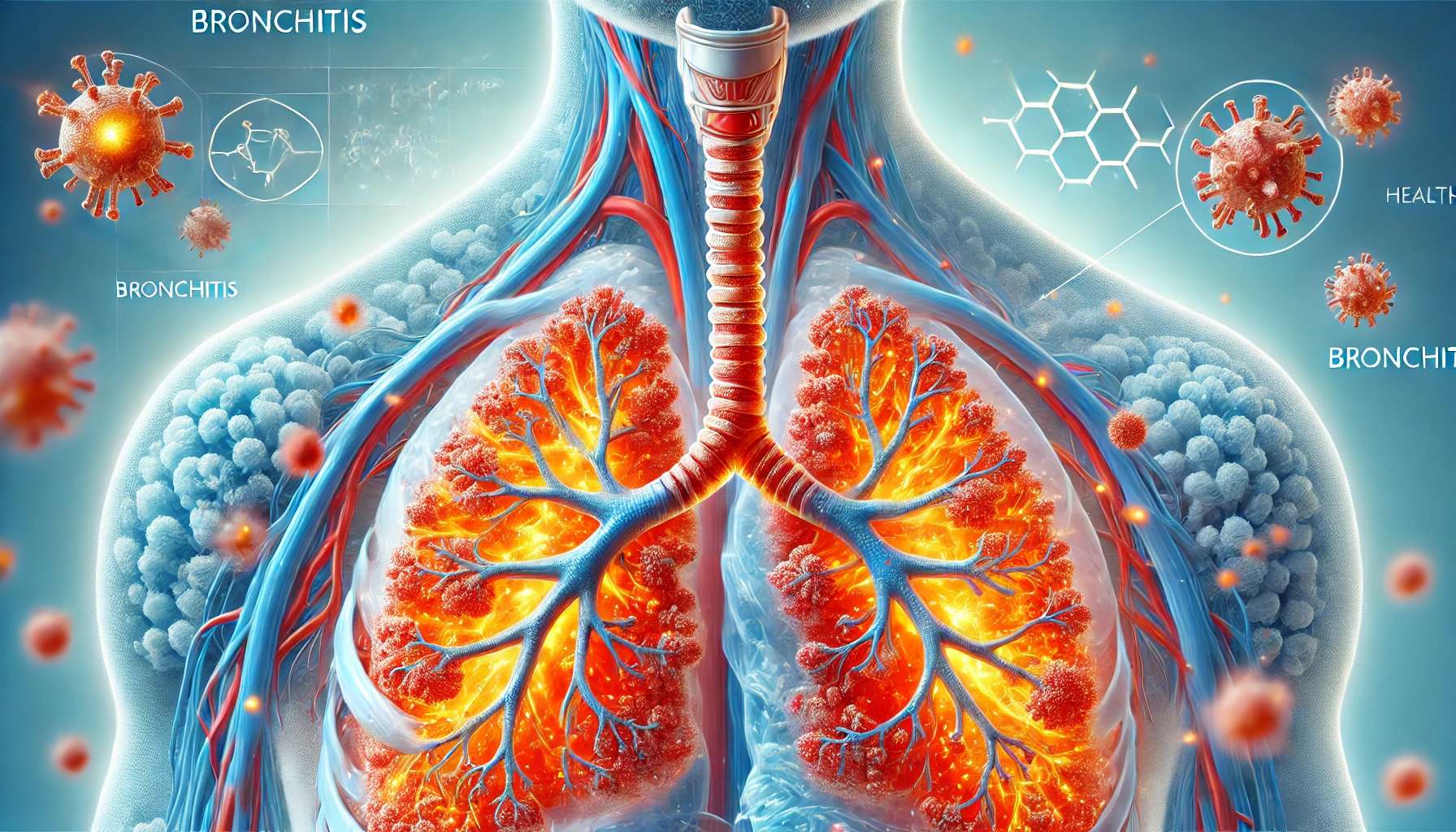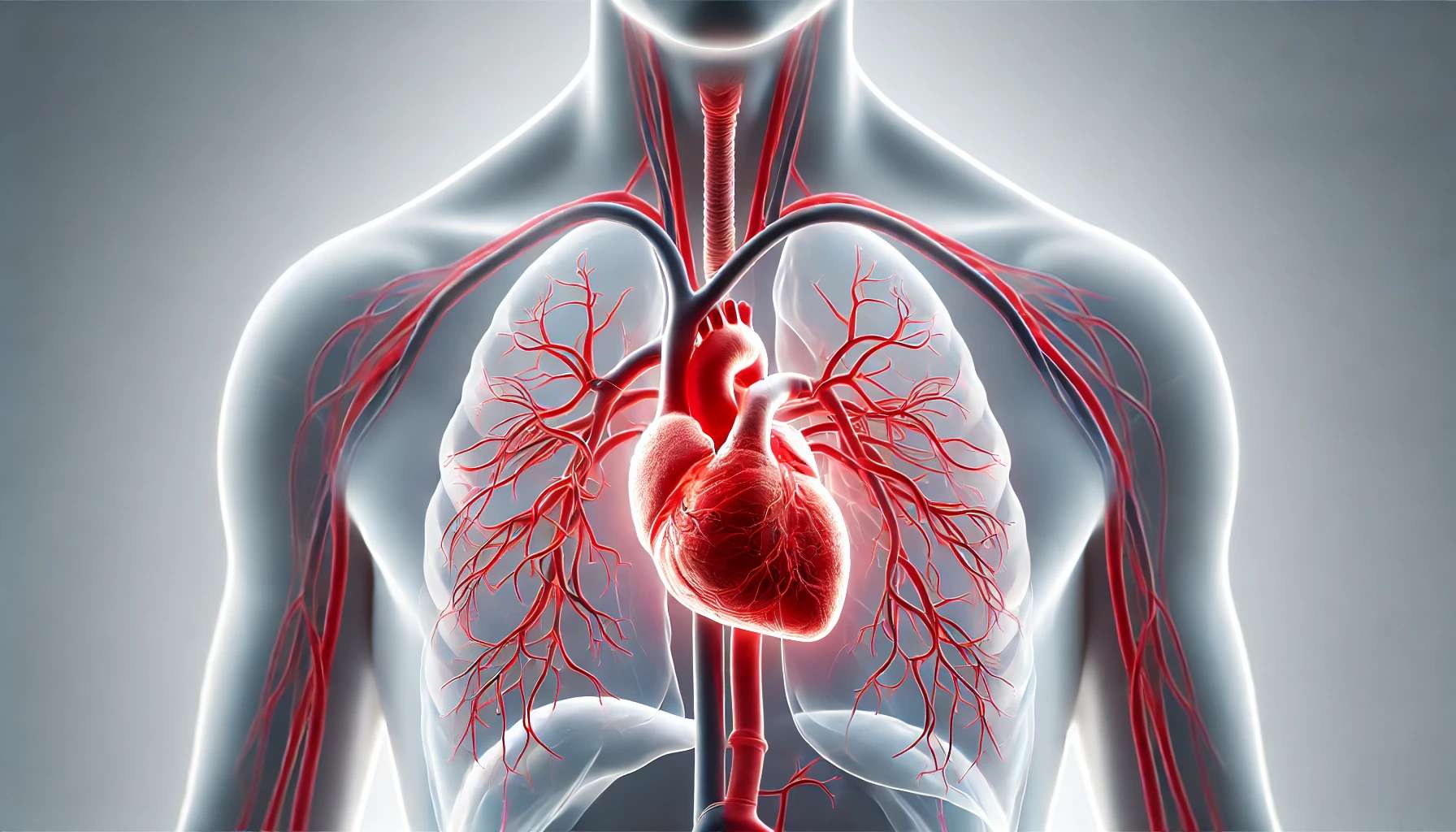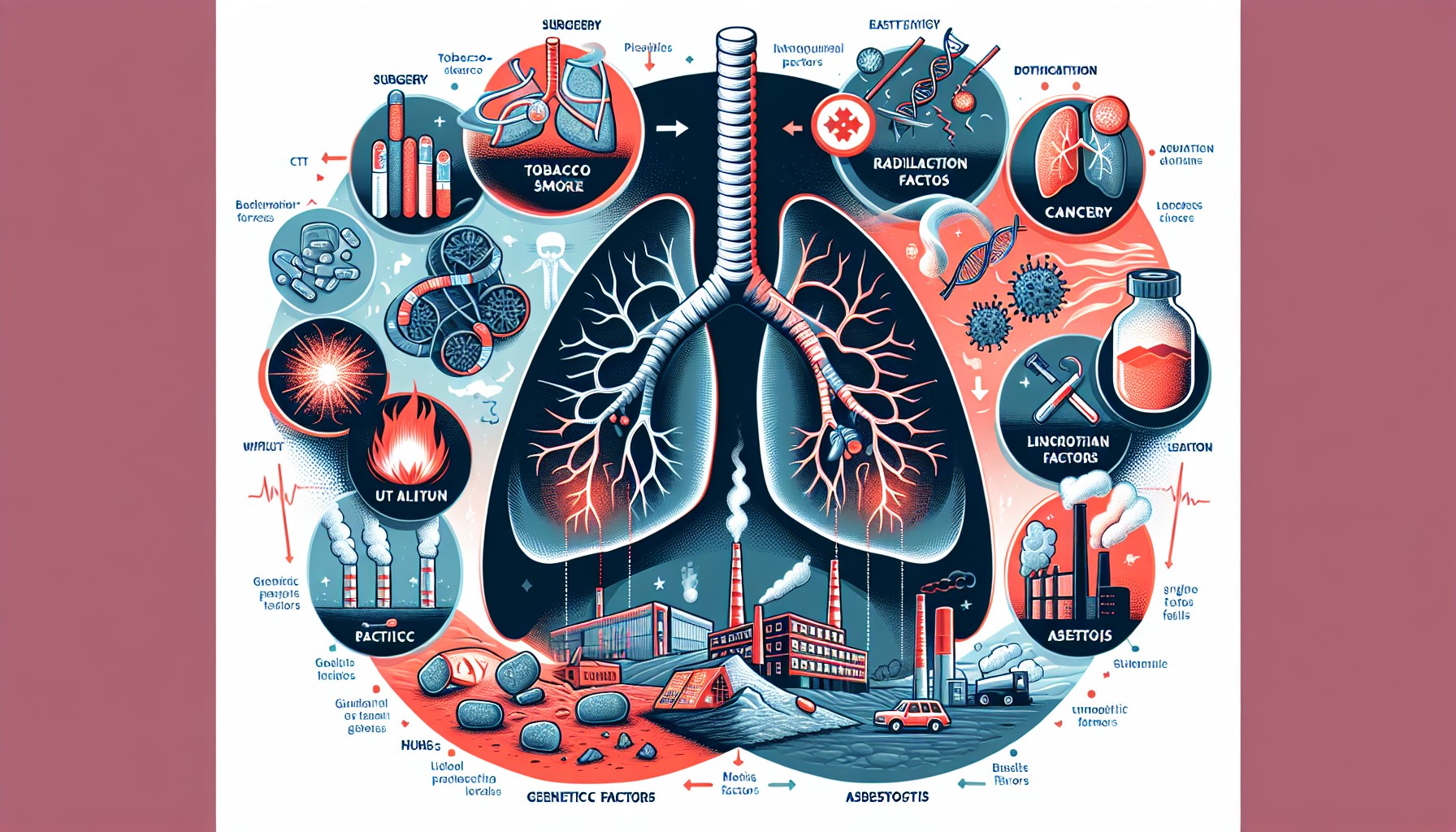Ad Blocker Detected
Our website is made possible by displaying online advertisements to our visitors. Please consider supporting us by disabling your ad blocker.
Sarah never expected her routine flight from New York to Los Angeles would end in an emergency room visit. The subtle leg pain she experienced during the six-hour flight seemed insignificant until two days later when she suddenly developed chest pain and shortness of breath. What Sarah experienced was a pulmonary embolism (PE) – a serious condition where blood clots block arteries in the lungs. Her story, like many others, highlights the importance of understanding this potentially life-threatening condition.
Understanding Pulmonary Embolism
A pulmonary embolism occurs when blood clots, typically forming in the deep veins of the legs (deep vein thrombosis or DVT), break loose and travel to the lungs. This blockage can cause severe damage to lung tissue and affect other vital organs by reducing oxygen levels in the blood. The impact can range from mild to severe, depending on the size of the clot and the individual’s overall health status.
The formation of these dangerous clots often begins with three key factors, known as Virchow’s triad: blood flow stasis (sluggish blood flow), hypercoagulability (increased tendency for blood to clot), and endothelial injury (damage to blood vessel walls). Understanding these mechanisms helps explain why certain situations increase risk.
Key Risk Factors
Prolonged immobility stands as a significant risk factor, particularly during long flights or extended bed rest. When muscles remain inactive, blood flow slows, increasing the likelihood of clot formation. This explains why Sarah’s long flight contributed to her condition.
Recent surgery or trauma increases risk substantially because tissue damage triggers the body’s clotting mechanisms. Additionally, post-surgical immobility compounds the risk. Healthcare providers typically implement preventive measures for surgical patients, including early mobilization and blood thinners when appropriate.
Pregnancy and the postpartum period carry an increased risk due to hormonal changes that make blood more likely to clot. The growing uterus can also compress blood vessels, slowing blood flow in the legs. This risk extends up to six weeks after delivery.
Cancer patients face a particularly high risk due to both the disease itself and its treatments. Cancer cells can activate clotting factors, and chemotherapy may damage blood vessel walls, creating an environment conducive to clot formation.
Hereditary blood clotting disorders, obesity, smoking, and hormone therapy each contribute to PE risk through various mechanisms. For instance, obesity not only reduces mobility but also affects blood chemistry and vessel function.
Warning Signs and Symptoms
The presentation of PE can vary significantly among individuals. Understanding the nuances of symptoms helps in early recognition:
Sudden shortness of breath often feels different from regular exertional breathlessness. Patients frequently describe it as a sudden onset of breathing difficulty, even at rest. In Sarah’s case, this was her most alarming symptom.
Chest pain, particularly during breathing, typically feels sharp and may worsen with deep breaths. Some patients describe it as a stabbing sensation that worsens with movement or breathing.
A rapid heartbeat, often accompanied by anxiety and sweating, occurs as the body tries to compensate for reduced oxygen levels. These symptoms can mimic panic attacks, leading to potential misdiagnosis.
Coughing with bloody mucus, while not present in all cases, serves as a significant warning sign. Even small amounts of blood in sputum warrant immediate medical attention.
Diagnosis and Treatment Approaches
Modern medicine employs a multi-faceted approach to PE diagnosis and treatment. The diagnostic process typically begins with a clinical assessment using validated scoring systems to determine the probability of PE.
Diagnostic Tools:
CT pulmonary angiography provides detailed images of lung arteries, allowing physicians to locate exact clot positions and assess their size. This test has revolutionized PE diagnosis by offering quick, accurate results.
D-dimer blood testing measures clot breakdown products in the blood. While not specific to PE, a negative result can help rule out the condition in low-risk patients.
Ventilation/perfusion scans offer an alternative when CT imaging isn’t suitable, such as in patients with kidney problems or pregnancy.
Treatment Strategies:
Anticoagulation Therapy forms the cornerstone of PE treatment. Traditional options like heparin and warfarin have been joined by newer direct oral anticoagulants (DOACs), which offer more convenient dosing and fewer monitoring requirements. The choice of anticoagulant depends on various factors, including the patient’s kidney function, cancer status, and bleeding risk.
Oxygen Therapy supports breathing and tissue oxygenation through various delivery methods. The choice between nasal cannula, non-rebreather masks, or high-flow oxygen systems depends on the patient’s oxygen needs and comfort.
Advanced Interventions become necessary in severe cases. Thrombolytic therapy can quickly dissolve clots but carries bleeding risks. Catheter-directed treatments offer a more targeted approach, while surgical embolectomy remains an option for the most severe cases.
Prevention Strategies
Preventing PE requires a comprehensive strategy that combines lifestyle changes with medical interventions, when necessary. Understanding and applying these methods can significantly reduce risks.
Movement and Exercise:
Regular walking serves as one of the most effective preventive measures. Even short walks every few hours can maintain healthy blood flow. During long trips, ankle pumps and calf exercises help prevent blood stasis. Staying hydrated supports proper blood flow and reduces clotting risk.
Lifestyle Modifications:
Maintaining a healthy weight reduces PE risk through multiple mechanisms. Excess weight increases inflammation and affects blood vessel function. A balanced diet rich in fruits, vegetables, and whole grains supports overall vascular health.
Smoking cessation significantly reduces PE risk. Tobacco use damages blood vessels and increases blood’s tendency to clot. Support programs and nicotine replacement therapy can help individuals quit successfully.
Medical Prevention:
Compression stockings, when properly fitted, help maintain blood flow in the legs. These are particularly important for individuals with previous DVT or those at high risk.
Preventive anticoagulation may be prescribed in high-risk situations such as major surgery or prolonged immobilization. The type and duration of prevention depend on individual risk factors.
Recent Advances in PE Care
The medical community continues to make remarkable progress in PE management. Artificial intelligence now assists in analyzing imaging studies, potentially detecting clots that human observers might miss. These systems can also help predict patient outcomes and guide treatment decisions.
Novel anticoagulants have improved safety profiles and require less monitoring than traditional options. This advancement has made long-term treatment more manageable for many patients.
Minimally invasive treatment options continue to evolve, offering alternatives for patients who cannot receive traditional therapies. These procedures often allow for faster recovery and reduced complications.
Hospital Implementation and Public Health Initiatives
Healthcare facilities are implementing comprehensive programs to prevent and manage PE effectively. Staff training focuses on risk assessment and early recognition of symptoms. Regular updates ensure healthcare providers stay current with the latest treatment guidelines.
Electronic health record systems now include automated alerts for high-risk patients, prompting appropriate preventive measures. These systems have significantly improved compliance with prevention protocols.
Recovery and Long-term Management
Recovery from PE varies significantly among individuals. Most patients require anticoagulation for at least three months, though some may need lifetime treatment. Regular monitoring ensures proper medication levels and checks for potential complications.
Support groups play a crucial role in recovery, providing both emotional support and practical advice. Many patients find comfort in sharing experiences and learning from others who have faced similar challenges.
Patient Stories and Experiences
James, the 45-year-old construction worker who discovered his PE following knee surgery, emphasizes the importance of listening to your body. “The pain felt different from anything I’d experienced before,” he recalls. “Looking back, I’m grateful my wife insisted on going to the emergency room. The doctors told me the timing was crucial.”
Maria’s experience during pregnancy highlights the importance of education and awareness. “My prenatal classes included information about PE symptoms, which made all the difference,” she explains. “When I felt short of breath and had chest pain, I recognized these as warning signs rather than normal pregnancy discomfort.”
Call to Action
Your awareness of PE symptoms and risk factors could save lives. Share this information with family and friends, particularly those with risk factors or upcoming travel plans. Remember that early recognition and prompt medical attention significantly improve outcomes.
Consider joining PE awareness groups or supporting research initiatives. Your involvement can help advance understanding and treatment of this serious condition.
Disclaimer: This article is for informational purposes only and should not be considered medical advice. Always consult with a qualified healthcare provider for diagnosis and treatment of medical conditions. In case of emergency symptoms, seek immediate medical attention.
The journey to understanding and preventing pulmonary embolism continues to evolve. Through awareness, early detection, and proper management, we can work together to reduce its impact on lives worldwide. Remember, knowledge combined with action creates the foundation for better health outcomes for everyone.






